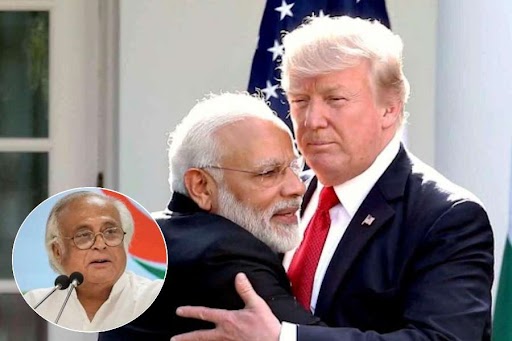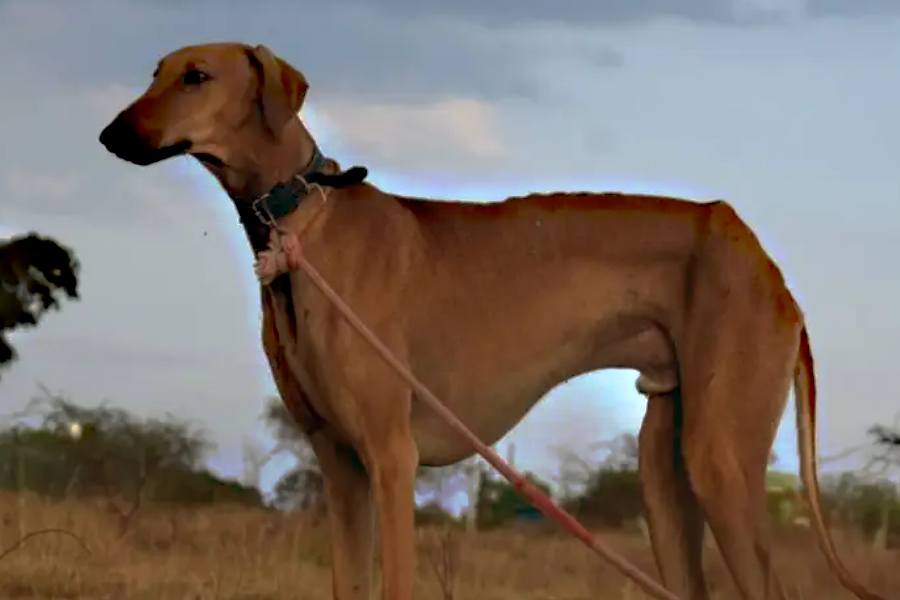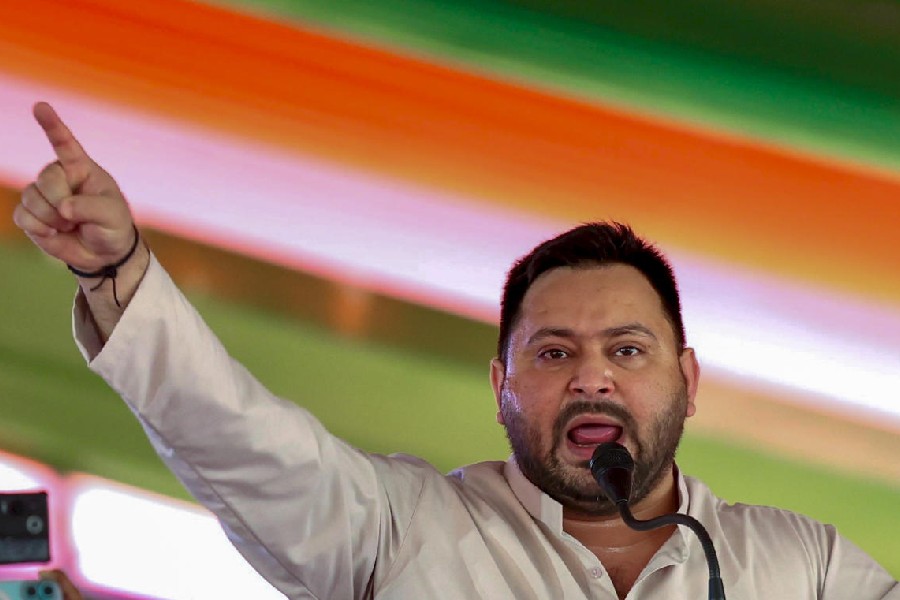 |
Huma Qureshi was at the Maha Kumbh in Allahabad last weekend, taking a boat ride down the Ganges that she has now pledged to clean, lending her voice and name to ensure that the river doesn’t go the way of the polluted Yamuna in her hometown Delhi.
Despite a crowd of almost three crore devotees, the Kumbh mela had a calming vibe, she says. So it was a shock to learn on landing in Mumbai that there had been a stampede at the Allahabad railway station the day they left, leaving many dead.
“It’s tragic. We are a country of believers and strong-minded states, but it is difficult to organise, manage and control such mega melas,” sighs Huma, refusing to join the blame game, saying she will always remember the Kumbh as a serene refuge away from the daily grind of shootings and meetings and hectic promotional activity revolving around her next release, Ek Thi Dayan.
Huma is an actress with a difference. Sometimes described as today’s Smita Patil, and tomorrow’s Vidya Balan, she has been making waves ever since her role in Gangs of Wasseypur (GOW). “Wow, that’s a tall order for someone who debuted just last June,” she exclaims. “I’m flattered. But it’s too early to bracket me with these amazing women who have a phenomenal body of work behind them.”
She’s perhaps right. Govind Nihalani says he hasn’t seen GOW Part 2 or Love Shuv Tey Chicken Khurana. Says he, “So it would be unfair to compare Huma with Smita Patil or Vidya Balan who have a bigger body of work behind them, but from what little I saw of her in GOW Part I, I could see that she has a tremendous screen presence. Also, an earthiness, sincerity, intensity and warmth of personality, qualities that distinguished Smita, apart from the fact that she was a very fine and instinctive actress. Huma is a good enough actress on her own, someone who can stand apart from the crowd and hold her own.”
Huma became an actress so she could play a new character every day and will continue to experiment with roles, going by pure instinct. “I believe 2012 was the year of the enlightened producer and proved that there’s no art and commercial divide. If a film is entertaining everyone will watch it. Period!” she asserts.
Huma, who was accompanied by her Ek Thi Dayan co-star Emraan Hashmi and producer Ekta Kapoor in her Allahabad sojourn, says she enjoys horror movies, but is petrified of lizards. “When I enter a hotel room, I spend an hour inspecting the walls for these creepy crawlies before I can settle down,” she admits.
Unfortunately for her, lizards are an important part of the Ek Tha Dayan narrative. When Emraan discovered her phobia, he was always playing pranks on her, throwing artificial lizards at her. So did Huma retaliate by turning into a dayan (witch) and scaring him out of his wits in the film? “One of us — Konkona (Sen Sharma), Kalki (Koechlin) and me — could be a dayan. Or maybe no one is,” she says enigmatically.
She describes a dayan as a gorgeous woman with luminous skin, lustrous hair, and slender hands and feet that are turned upside down. “The ulta paav are a giveaway and if I see a woman with feet like that, I’ll run for my life,” she swears.
She recalls the premiere of GOW at Cannes last May where the 320-minute-long film’s two parts were screened with only a 20-minute interval. “I wondered if anyone would return after the break, given that it was a Hindi film without stars and many references to India and Wasseypur. I was surprised when everyone did and we got a standing ovation at the end.”
Huma refers to GOW as a “life-changing film” that she made with a “thumping heart”, a lone debutant amongst 300-odd experienced performers. “I was very raw, never even having been on a film set before, and Anurag Kashyap is an organic director and refused to tell me what to do. No scenes were given to me and often we had to improvise on camera. I would pray I didn’t mess up, but the experience has made me a more confident actress and a better person,” she asserts.
After GOW it was easy for her to play a Bollywood diva in Michael Winterbottom’s Trishna, getting catty with India’s international face Freida Pinto (who stars in the British production) and doing a typical item number composed by Amit Trivedi and choreographed by Ganesh Acharya. “If you have to do an item number you have to take it to another level,” she laughs.
Huma is now looking forward to Dedh Ishkiya, in which she has replaced Kangna Ranaut. She says she’s thrilled to be working with Madhuri Dixit, Naseeruddin Shah, Arshad Warsi and director Abhishek Chaubey, who, she holds, epitomises “small town cool” with all its “trademark quirkiness”.
There’s also Nikhil Advani’s action film D-Day, with Arjun Rampal and Irrfan Khan, that revolves around the 1993 Mumbai bomb blasts. Huma had experienced some of the turmoil triggered by cross-border politics during annual visits to her maternal grandparents in Kashmir every summer, especially in the early Nineties.
“Those were difficult times with episodes of unrest which made us realise just how blessed we were as compared to our cousins when we returned to regular school life in Delhi,” she reminisces.
Huma comes from a family of restaurateurs. Do any of the outlets serve Chicken Khurana from her film Luv Shuv? “No, that would be illegal,” she laughs. How about a Huma Special? “A Varanasi restaurant does,” she nods.
When they were filming GOW in Varanasi for three months, the unit would hang out at a restaurant on the ghats every day. Moving away from the fattening pizzas and pastas, Huma soon started ordering a dish of sautéed veggies in salsa that soon became popular with other customers.
“When they reprinted the menus, there was a Huma Pasta Special (Movie Star) on it. The movie star bit was real cool since GOW had yet to release,” she smiles. “Now dad better put a Huma Special on his menu too,” she says. That should be an abiding flavour.










